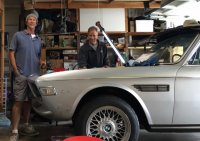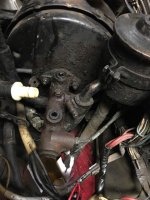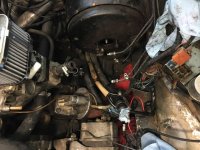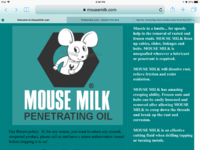More great info! Thanks so much guys.
Now, when using the torch, at what point do you start worrying about fire?
I usually put a blanket and then some kind of spark resistant material like all foil on top of that. Fire extinguisher at the ready of course. And good ventilation.
Anything else you guys do?
Now, when using the torch, at what point do you start worrying about fire?
I usually put a blanket and then some kind of spark resistant material like all foil on top of that. Fire extinguisher at the ready of course. And good ventilation.
Anything else you guys do?




